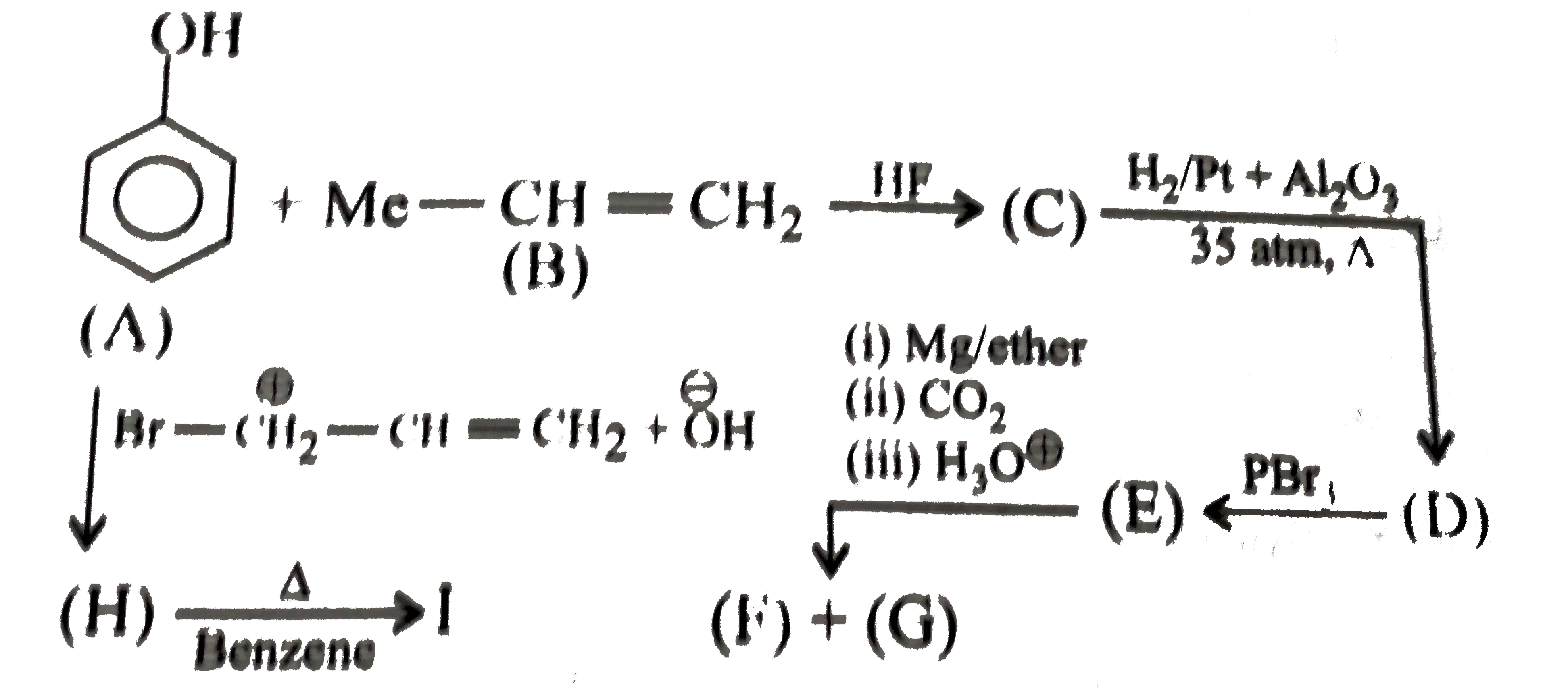Name three processes involved in the formation of solar cell.
To answer the question regarding the three processes involved in the formation of a solar cell, we can break it down into the following steps:
1. Generation of Electron-Hole Pairs:
- The first process in the formation of a solar cell is the generation of electron-hole pairs. When photons from sunlight strike the solar cell, they impart energy to the electrons in the semiconductor material (typically silicon). This energy allows some electrons to break free from their atomic bonds, creating free electrons and leaving behind holes (the absence of an electron).
2. Separation of Charges:
- The second process is the separation of these generated electron-hole pairs. In a solar cell, a p-n junction is formed, where the p-type semiconductor has an abundance of holes and the n-type semiconductor has an abundance of electrons. When the electron-hole pairs are generated in the depletion region of the p-n junction, the electric field present at the junction helps to separate the electrons and holes. Electrons are pushed towards the n-type side, while holes are pushed towards the p-type side.
3. Collection of Charges:
- The final process is the collection of the separated charges. The free electrons that have moved to the n-type side can be collected by an external circuit, creating an electric current. Simultaneously, the holes that have moved to the p-type side also contribute to the flow of current. This flow of electrons through the external circuit is what we utilize as electric power.
Summary of Processes:
- 1st Process: Generation of electron-hole pairs
- 2nd Process: Separation of charges
- 3rd Process: Collection of charges
---
- The first process in the formation of a solar cell is the generation of electron-hole pairs. When photons from sunlight strike the solar cell, they impart energy to the electrons in the semiconductor material (typically silicon). This energy allows some electrons to break free from their atomic bonds, creating free electrons and leaving behind holes (the absence of an electron).
- The second process is the separation of these generated electron-hole pairs. In a solar cell, a p-n junction is formed, where the p-type semiconductor has an abundance of holes and the n-type semiconductor has an abundance of electrons. When the electron-hole pairs are generated in the depletion region of the p-n junction, the electric field present at the junction helps to separate the electrons and holes. Electrons are pushed towards the n-type side, while holes are pushed towards the p-type side.
- The final process is the collection of the separated charges. The free electrons that have moved to the n-type side can be collected by an external circuit, creating an electric current. Simultaneously, the holes that have moved to the p-type side also contribute to the flow of current. This flow of electrons through the external circuit is what we utilize as electric power.
- 1st Process: Generation of electron-hole pairs
- 2nd Process: Separation of charges
- 3rd Process: Collection of charges
Topper's Solved these Questions
- BOOK - CBSE COMPLEMENTARY MATERIALCHAPTER - ELECTRONIC DEVICES EXERCISE - SHORT ANSWER QUESTIONS (2 MARKS)13videos
ELECTRONIC DEVICES
- BOOK - CBSE COMPLEMENTARY MATERIALCHAPTER - ELECTRONIC DEVICES EXERCISE - SHORT ANSWER QUESTIONS (3 MARKS)7videos
ELECTRONIC DEVICES
- BOOK - CBSE COMPLEMENTARY MATERIALCHAPTER - ELECTROMAGNETIC WAVES AND OPTICSEXERCISE - 1 mark question11videos
ELECTROMAGNETIC WAVES AND OPTICS
- BOOK - CBSE COMPLEMENTARY MATERIALCHAPTER - ELECTROSTATICS AND CURRENT ELECTRICITY EXERCISE - NUMERICALS49videos
ELECTROSTATICS AND CURRENT ELECTRICITY
Similar Questions
Knowledge Check
- Question 1 - Select One
A solar cell
Aconverts the radiant energy of sun into electrical power.Bconverts the radiant energy of sun into heat.Creflects all the light from sun.Dabsorbs energy and converts into sound energy. - Question 2 - Select One

The names of reaction and intermediate species involved in the formation of (C ), respectively, are:AFriedel-Crafts alkylation, caxrbocationBfriedel-Crafts acylation, carbocationCFriede-Crafts alkylation, radical anionDFriedel-Crafts acylation, radical anion
___,_____ and ____ are three processes involved in urine formation.
View SolutionName the process involved in the extraction of copper from low grade ore.
View SolutionDescribe the working principle of a solar cell. Mention three basic processes involved in the generation of emf.
View SolutionName two processes involved in cell cycle.
View SolutionName the two phenomenon involved in the formation of rainbow.
View SolutionName of the five main processes involved in nutrition.
View Solution

